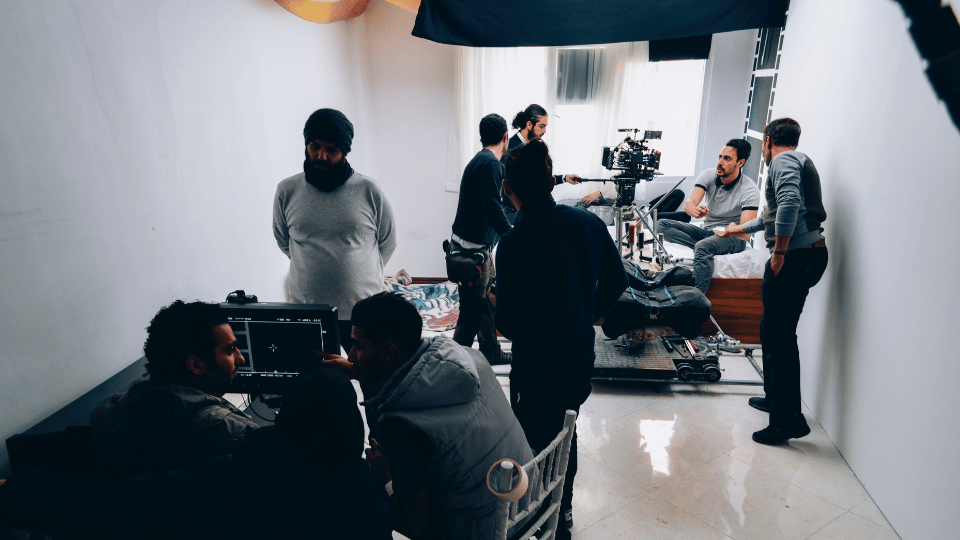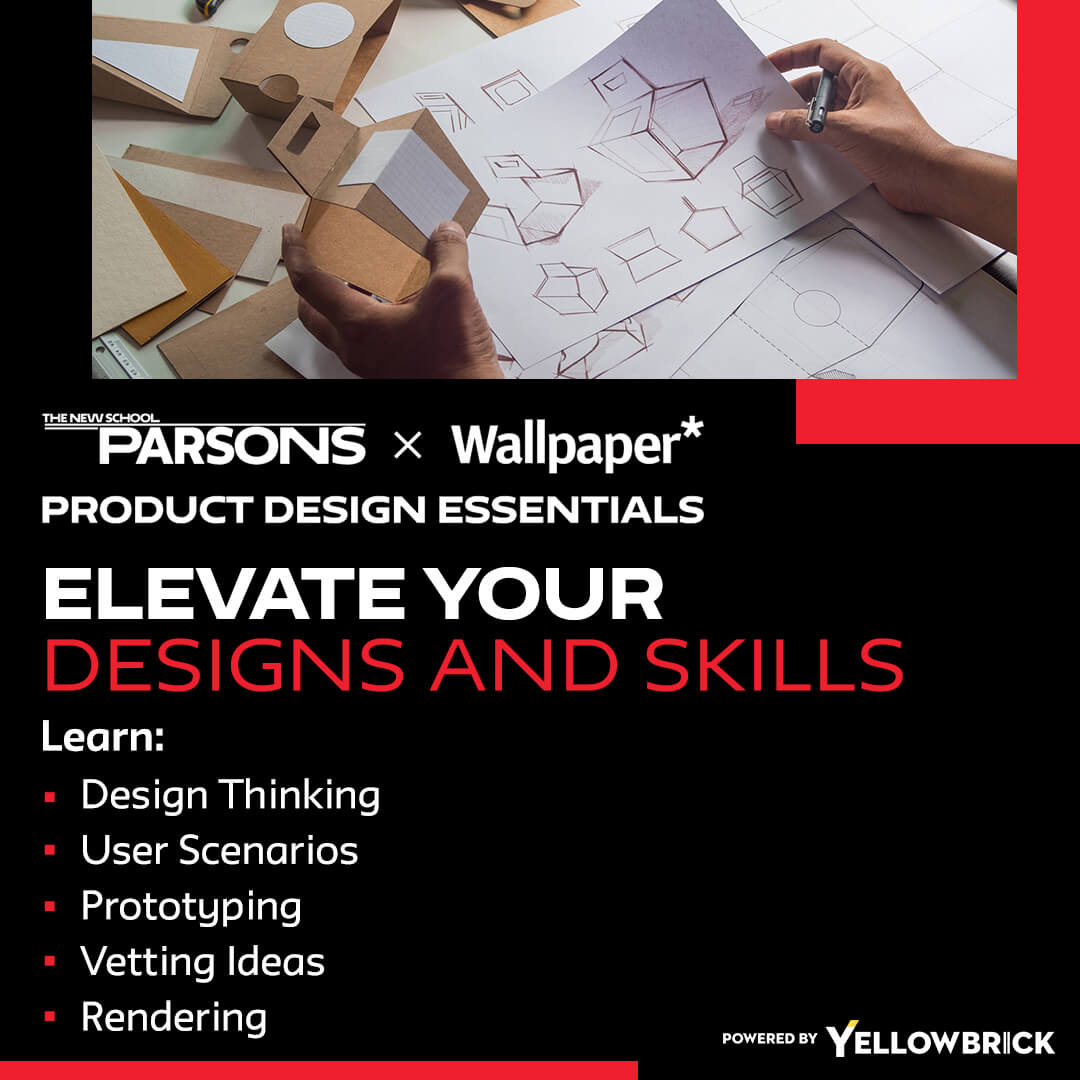Freelancing in product design offers unmatched flexibility, creative freedom, and the opportunity to work with diverse clients. But it also comes with its own set of challenges—uncertain income, client management, and the pressure to stay consistently creative. Whether you’re new to freelancing or looking to level up your career, mastering a few key strategies can make all the difference.
This guide outlines the top success tips for product design freelancers, helping you build a sustainable and fulfilling freelance career.
1. Build a Strong Portfolio
Your portfolio is your most important marketing tool. It should showcase a wide range of design skills, problem-solving ability, and creativity.
- Include 4–6 well-documented projects
- Explain your design process and the problems you solved
- Highlight user research, prototypes, and final outcomes
- Keep it updated with recent work and remove outdated or irrelevant pieces
2. Set Clear Boundaries and Expectations
To avoid scope creep and miscommunication, set the terms of each project early on.
- Use written contracts detailing deliverables, timelines, and payment terms
- Include revision limits and late payment penalties
- Define your working hours and communication preferences with clients
3. Price Your Work Strategically
Undercharging is one of the biggest pitfalls for freelancers.
- Research average rates for product design in your region or niche
- Consider hourly, project-based, or value-based pricing depending on the client
- Factor in time for research, meetings, and revisions
4. Specialize to Stand Out
While being a generalist has benefits, niching down can help you attract better clients.
- Focus on a specific industry (e.g., health tech, e-commerce, or fintech)
- Or specialize in a design area like UX, UI, accessibility, or design systems
- A clear niche builds authority and makes your services easier to market
5. Master Communication Skills
Excellent design alone isn’t enough—how you communicate your ideas and process matters just as much.
- Practice presenting your work to clients in a clear and confident way
- Use visual storytelling to explain design decisions
- Respond promptly and professionally to messages and feedback
6. Leverage Design Communities
Freelancing can be isolating. Design communities offer support, feedback, and job opportunities.
- Join platforms like Dribbble, Behance, or Designer Hangout
- Participate in forums, Slack groups, and local meetups
- Collaborate with other freelancers to expand your network and learn new skills
7. Keep Learning and Updating Your Skills
The design world evolves fast. Stay relevant by continuously learning.
- Take online courses in UX/UI, prototyping, motion design, or business skills
- Stay updated on tools like Figma, Adobe XD, Webflow, or Framer
- Read blogs, attend webinars, or listen to product design podcasts
8. Build a Personal Brand
A strong personal brand increases trust and visibility.
- Create a professional website with your portfolio, services, and testimonials
- Share your work and process on LinkedIn, Twitter, or Instagram
- Write case studies or blog posts to demonstrate your expertise
9. Ask for Testimonials and Referrals
Happy clients are your best marketing channel.
- Request testimonials after project completion
- Add them to your website and portfolio
- Encourage clients to refer you to others or leave online reviews
10. Manage Finances Like a Pro
Treat your freelance work like a business.
- Track income and expenses with tools like QuickBooks or Wave
- Set aside taxes and create a savings buffer
- Consider working with an accountant to optimize deductions and stay compliant
Conclusion
Freelancing in product design can be a highly rewarding path—but it takes more than talent to succeed. By mastering client communication, pricing, branding, and business operations, you can build a thriving freelance practice that grows with you. Stay focused, stay adaptable, and continue delivering outstanding value to clients—and success will follow.
Key Takeaways:
- Product design freelancing provides independence, creative control, and diverse project opportunities.
- Essential skills include technical proficiency, creativity, effective communication, and business acumen.
- Building a strong portfolio, networking, setting competitive rates, and managing client relationships are key to success.
- Balancing creativity with business goals and adapting to industry trends are crucial for staying competitive.
For further career advancement in product design, consider enrolling in the Parsons Product Design Essentials online course and certificate program.








